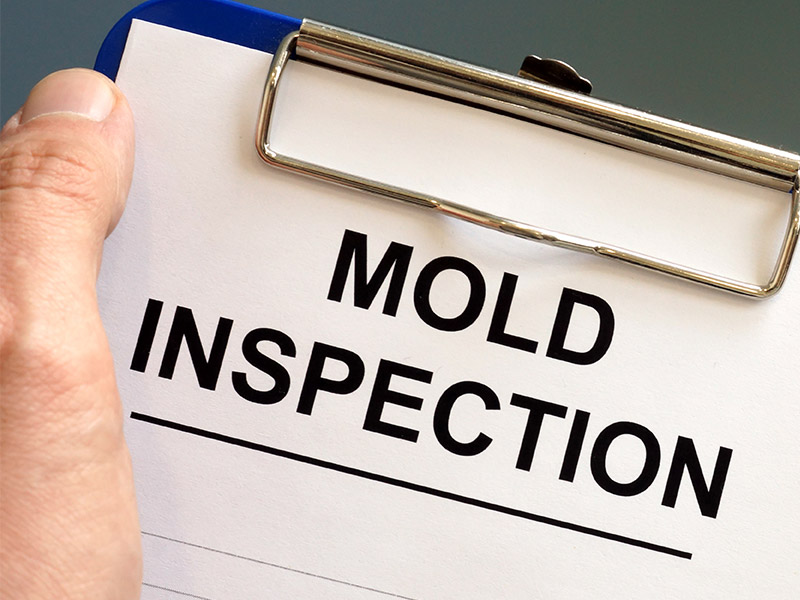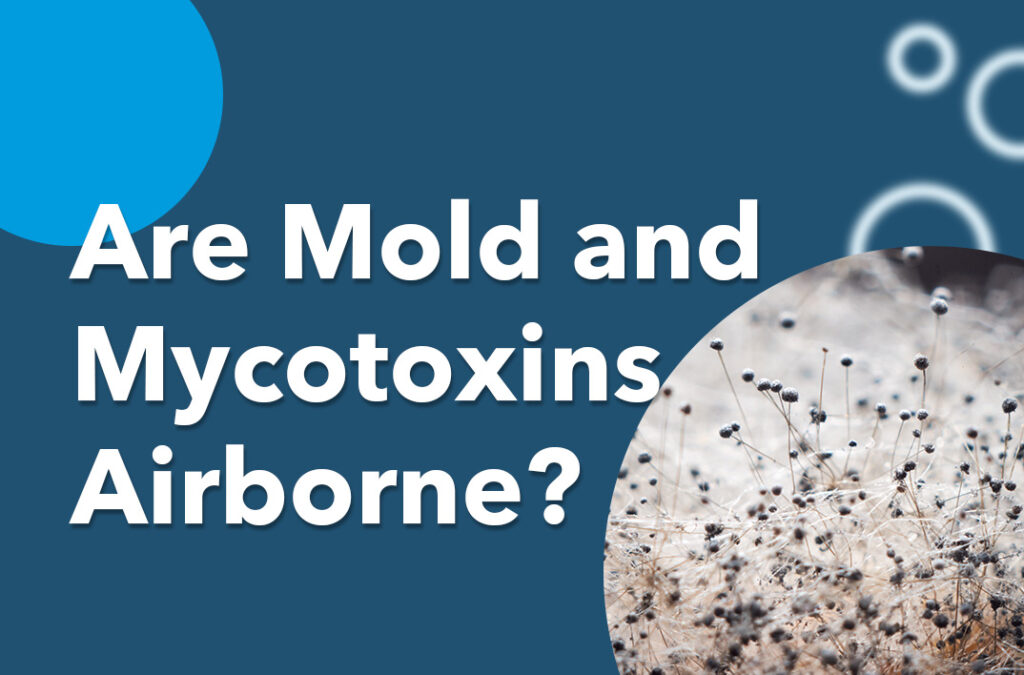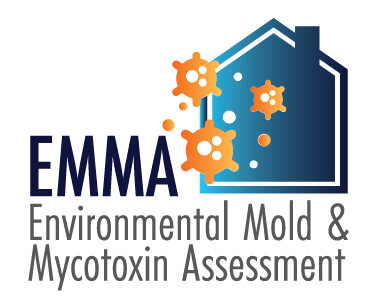Maximize Your Conformity with Trusted Mycotoxin testing Services Solutions
Maximize Your Conformity with Trusted Mycotoxin testing Services Solutions
Blog Article
How Mycotoxin Screening Helps Prevent Contamination and Guard Food Supplies

Mycotoxin screening is a vital method in the food market, serving as a frontline defense against contamination by hazardous contaminants created by mold and mildews. Through the application of innovative methods like High-Performance Liquid Chromatography (HPLC) and Liquid Chromatography-Mass Spectrometry (LC-MS), food manufacturers can precisely measure and discover mycotoxin degrees in farming items. This positive method not just guarantees conformity with stringent safety guidelines yet also alleviates wellness risks to customers. Additionally, routine screening fortifies brand name reputation and monetary wellness by lowering contamination-related cases. Just how precisely do these testing procedures incorporate right into the wider food security method?
Recognizing Mycotoxins
Recognizing mycotoxins starts with recognizing that they are harmful additional metabolites produced by certain molds, which can infect farming products. These metabolites are not important for the growth or reproduction of the fungis but can have severe implications for animal and human health. Mycotoxins are commonly found in staple plants such as corn, wheat, barley, and nuts, where they can proliferate under specific conditions of dampness and temperature.
There are a number of kinds of mycotoxins, each created by various fungal varieties. Aflatoxins, produced by Aspergillus types, are amongst one of the most infamous, known for their cancer causing buildings. An additional significant team consists of ochratoxins, created by Aspergillus and Penicillium types, which have nephrotoxic effects. Fusarium types generate trichothecenes and fumonisins, both of which are connected with various intense and chronic wellness issues.

Risks of Mycotoxin Contamination
The dangers of mycotoxin contamination are complex, posturing considerable dangers to both food safety and security and public health and wellness. Mycotoxins, toxic compounds created by particular sorts of fungi, can infect a vast array of agricultural items consisting of cereals, nuts, spices, dried fruits, and coffee. When these toxins infiltrate the food supply, they can cause severe wellness problems such as liver damage, kidney failure, and also cancer cells. Susceptible populations, including children, the elderly, and immunocompromised people, are specifically in danger.
Financial impacts are an additional major concern. Infected crops can result in substantial economic losses for farmers and food producers due to minimized yields and the need for costly purification procedures. Global profession can be considerably impeded as countries enforce strict mycotoxin regulations to secure their populaces, leading to declined deliveries and strained trade relationships.
Ecological aspects such as environment adjustment aggravate the threat of mycotoxin contamination. Variations in temperature level and humidity can produce favorable problems for fungal growth, increasing the chance of contamination events. Hence, understanding and minimizing these dangers are crucial for making certain the safety and security and stability of international food supplies.
Methods of Mycotoxin Examining
Properly recognizing mycotoxin contamination in farming items is important for guarding public health and wellness and keeping food safety criteria. Different approaches are utilized to identify and quantify mycotoxins, each offering specific advantages and constraints.
High-Performance Liquid Chromatography (HPLC) is a commonly made use of method due to its high sensitivity and accuracy. It includes separating mycotoxins from other materials in a sample, allowing precise metrology. Fluid Chromatography-Mass Spectrometry (LC-MS) integrates liquid chromatography with mass spectrometry to supply in-depth molecular info, making it specifically beneficial for identifying multiple mycotoxins simultaneously.

Gas Chromatography-Mass Spectrometry (GC-MS) and Thin-Layer Chromatography (TLC) are likewise employed, each with special applications. GC-MS works for volatile mycotoxins, while TLC provides an easier, affordable option for initial testing.
Advantages of Normal Checking
Regular screening for mycotoxins in farming items supplies numerous advantages, considerably contributing to public health and food security. By recognizing contamination early, regular screening assists protect against the distribution of toxic foods, consequently lowering the danger of mycotoxin-related illnesses among consumers. This aggressive strategy not just safeguards human health however likewise improves the total top quality of food materials.
Regular screening likewise sustains regulatory compliance. Different nations and regions have actually established rigid limitations for mycotoxin degrees in food and feed. Abiding by these restrictions with normal screening makes sure that producers and vendors fulfill lawful standards, therefore preventing penalties and profession obstacles. Furthermore, keeping conformity promotes consumer depend on and brand name online reputation, which are vital for market success.
In addition, normal mycotoxin testing can bring about substantial economic benefits. Early discovery of contamination allows for prompt intervention, reducing possible losses from extensive contamination. Executing routine screening methods can additionally minimize recall costs and associated responsibilities, which can be economically ravaging.
Moreover, regular screening gives important data that can notify far better farming methods and storage conditions. By comprehending patterns of contamination, manufacturers can take on safety nets, thereby minimizing future threats and contributing to the sustainability of the food supply chain.
Executing Examining Protocols
Applying reliable mycotoxin screening methods is crucial for ensuring the security and high quality of farming items. Each stage must be looked at to identify where mycotoxin contamination is most likely to occur.
As soon as critical control factors are identified, choosing ideal screening techniques is crucial. Common techniques consist of enzyme-linked immunosorbent assay (ELISA), high-performance fluid chromatography (HPLC), and mass spectrometry (MS) Each approach has its click site weak points and toughness; therefore, picking the right one relies on the certain mycotoxin being tested, the called for level of sensitivity, and offered sources.

Finally, integrating the screening methods into an extensive food security administration system is advisable. This boosts traceability and makes it possible for swift restorative actions when contamination is found, thus safeguarding the honesty of the food supply chain.
Verdict
Mycotoxin screening is important in avoiding contamination and securing food materials by making it possible for early detection of harmful toxins created by molds in farming products. Routine screening improves brand reputation, monetary security, and trust in food security by reducing contamination-related losses and keeping high standards in food production.
Mycotoxin screening is an indispensable practice in the food sector, serving as a frontline defense against contamination by damaging contaminants created by mold and mildews. An integrated strategy including farming methods, storage space monitoring, and regular testing can alleviate the risks linked with mycotoxin contamination, guaranteeing food safety and public from this source health.
The dangers of mycotoxin contamination are diverse, presenting significant dangers to both food safety and public health and wellness.Routine screening for mycotoxins in farming products provides various benefits, considerably contributing to public wellness and food security.Mycotoxin testing is crucial in protecting against contamination and guarding food supplies by enabling early discovery of unsafe toxic substances created by molds in agricultural items.
Report this page